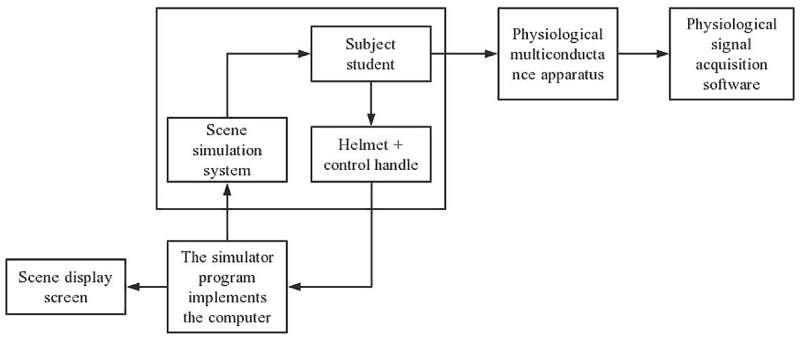This article has been reviewed according to Science X's editorial process and policies. Editors have highlighted the following attributes while ensuring the content's credibility:
fact-checked
proofread
Enhancing college campus safety: A virtual reality approach to understanding student emergency response

Amid the rise in emergencies on college campuses, including fires, accidents, psychological issues, and cyber threats, there's an urgent need to enhance students' emergency response abilities. Existing research has explored various facets of students' emergency response, from their knowledge and attitudes to physiological reactions under simulated conditions.
Factors like psychological status, gender, age, and exposure to emergency drills have been highlighted as crucial to students' emergency response effectiveness. However, challenges remain in accurately simulating emergency situations and analyzing data to reflect real-world scenarios.
Emergency Management Science and Technology has published research entitled "Experimental research on college students' emergency ability and its influencing factors in virtual emergency situations."
This paper proposes the use of virtual reality and physiological metrics to understand further how these factors affect students' physiological responses in emergencies, aiming to refine the assessment of their readiness and improve educational approaches accordingly.
In this study, researchers utilized a virtual reality system and Physiolab multi-guide equipment to simulate fire and earthquake scenarios to assess the emergency response abilities of college students. The study involved 100 re-studying undergraduates and postgraduates, employing both physiological measurements and questionnaires to assess psychological symptoms, emergency knowledge, and skills.
The findings revealed significant physiological changes in response to the virtual emergencies, indicating increased sympathetic nervous system activity, as evidenced by increases in heart rate, skin conductivity, and respiratory rate. Additionally, the study explored various influencing factors on emergency response, such as family background, professional knowledge, participation in emergency drills, and interest in emergency knowledge, and found nuanced effects on physiological responses.
In conclusion, this research underscores the critical role of physiological assessments in understanding students' emergency response capabilities, highlights significant variations related to personal and experiential factors, and provides a multidimensional view of students' readiness and areas for improvement.
This study not only advances academic understanding of emergency response mechanisms but also serves as a practical blueprint for improving safety and resilience among college populations, suggesting a path for future applications in emergency readiness education.
More information: Xuefeng Wang et al, Experimental research on college students' emergency ability and its influencing factors in virtual emergency situations, Emergency Management Science and Technology (2023). DOI: 10.48130/EMST-2023-0016
Provided by Maximum Academic Press




















